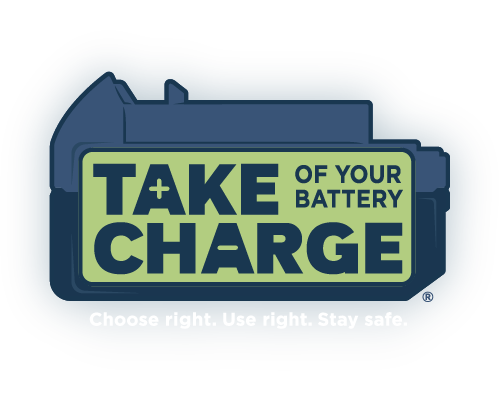If Batteries Overheat, Get Them in Water Fast
In general, when you take care of your batteries, they will take care of you. However, purchasing counterfeit or knock off batteries, or when lithium-ion batteries are misused or abused – if they are dropped, punctured, cracked, exposed to liquids, or otherwise damaged – they can become unstable and enter a phase called thermal runaway. Signs include a battery that is too hot to touch, melting, smoking, or on fire.
Thermal runaway acts like a chain reaction, where the heat continues to build until battery stability is lost, and a fire can start. The reaction occurs due to an internal short, causing excess heat to be generated. The heat can spread from cell to cell, making ignition unpredictable. It requires immediate action to cool the battery and halt thermal runaway.
PTI has created a video to help you recognize the signs of thermal runaway, and tell you what to do to handle a battery that is overheating. Watch the video here: https://takechargeofyourbattery.com/videos/safe-handling-of-overheated-lithium-ion-batteries/.
The quickest way to cool down and stop an overheating lithium-ion battery is to immerse the battery in a sturdy container filled with water and keep it there for 24 hours.
Before immersing a battery, remember:
- Don’t physically touch the battery to move it; instead, use something like a long-handled shovel.
- Wear PPE to protect eyes and skin.
- Move the battery at least 15 feet away from combustible materials.
- If the battery is connected to a tool or charger, don’t try to disconnect it. It’s better to sacrifice those items than risk being injured. Put them in the water as well. Be sure to first unplug the charger from the wall outlet.
If it’s impractical to submerge the battery, there are temporary steps you can take to slow thermal runaway, such as pouring large amounts of water on it to extinguish flames or slow the fire down until a sturdy container of water can be found. When the flames have subsided, transfer the battery to the container as soon as possible.
If water isn’t immediately available, a fire extinguisher may slow the fire down, but it won’t put it out completely. It must be cooled down to stop the chain reaction. Though the fire may appear to be extinguished, still immerse the battery in water as soon as possible, so additional cells within the battery don’t re-ignite.
It’s important to leave the battery immersed for at least 24 hours. Even if you don’t see flames, the thermal runaway may not be over. While one cell is cooling down, a different cell might be heating up.
Once it is safe to dispose the battery, never throw it into the trash or a municipal recycling bin. Instead, take it to a local recycling center or place it in a receptacle specifically designed for recycling batteries.



